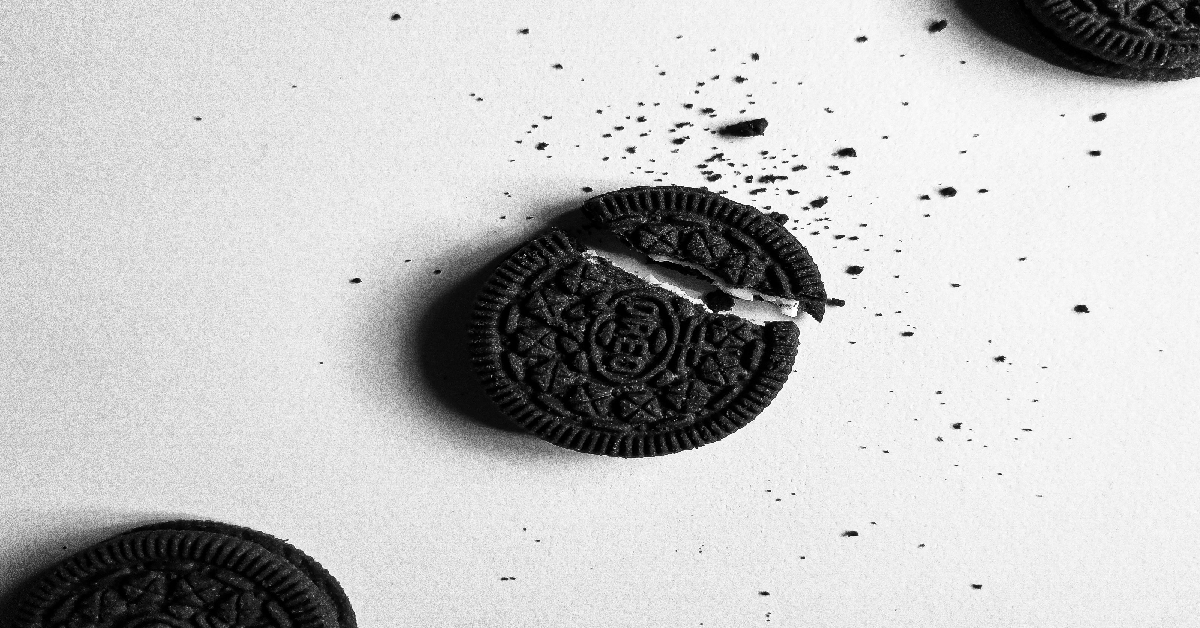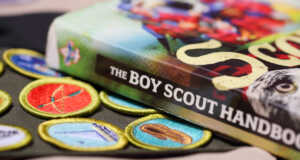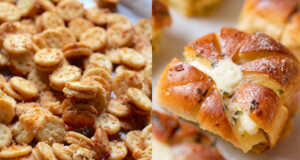When it comes to eating Oreos, everybody seems to have their own style. Perhaps one of the best ways to eat them, however, is to twist the Oreo open and eat the icing first.
If you’ve ever done this, you realize that there are times when you get the perfect twist and times when you’re a little disappointed with the results. MIT scientists wanted to help us get it right, so they’ve done their part, and now we have the results.

According to a press release, researchers used over 1,000 Oreo cookies to figure out how to open them up in the best way possible. Since they were MIT scientists, they did more than simply twist the Oreo. They used physics to determine the best way to do it.
Crystal Owens is a graduate student who worked with undergraduate Max Fan on the project. They wanted to determine if it was possible to twist the cookies and open them so the cream was still stuck on both sides.
In speaking with the Wall Street Journal, Owen said that they were looking for it to be a “fun, easy way to make her regular physics and engineering work more accessible to the general public.”

They picked a good subject because Oreos are one of the most popular cookies. There is about $2 billion worth of sales every year for that treat.
In order to get the data, the team did a variety of testing. They used a machine known as a rheometer so that they could control the strain and stress applied to the wafers.
They did find a practical application for improving how foods are processed. It would help the food to be more evenly distributed, including the cocoa butter that is in the chocolate. Quality would be increased as a result.

They found that the cream filling is applied to the chocolate wafer first, and a second wafer is later added. That means that the first wafer is going to have more contact with the filling, and it is usually the one that ends up with the cream stuck to it.
They also found that the method of storing the cookies and the packaging affects how the cream sticks to the wafer.
They did have some recommendations for the company, including how to construct a cookie in different ways so the customers could get different types of results when they did a twist.

For example, a different result may occur if the wafers were flipped and the filling was stuck to the textured side.
In the end, Mondelez International did respond to the study according to CBS News, saying: “We want to congratulate these amazing scientific minds and applaud their dedication to our cookie twisting ritual.”













